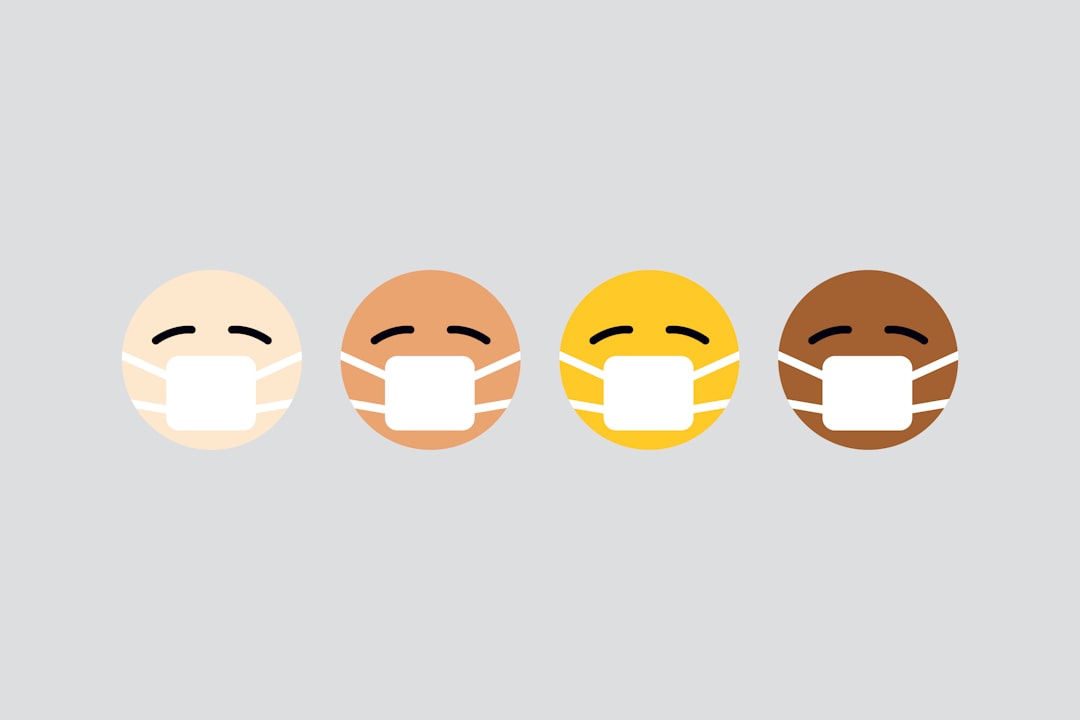What is it about?
We find that patterns of "phenocentrism"—being helpful to partners who appear similar and harmful to those who appear dissimilar to us—can easily evolve. Surprisingly, we find that spite—the willingness to harm others at a personal cost to oneself—evolves much more easily than altruism under certain circumstances.
Featured Image
Why is it important?
Our model may shed light on racist/ethnocentric behavior in humans, as well as similar behaviors in other species. It also provides an innovative way of modelling kin recognition and shows how this can generate discriminatory behavior.
Perspectives
To learn about the genesis of this article, please see: http://www.saltlab.org/news/15/5/2015/asymmetrical-relatedness
Dr Daniel Brian Krupp
One Earth Future Foundation
Read the Original
This page is a summary of: Social evolution in the shadow of asymmetrical relatedness, Proceedings of the Royal Society B Biological Sciences, April 2015, Royal Society Publishing,
DOI: 10.1098/rspb.2015.0142.
You can read the full text:
Resources
Woe Unto The Weird
A write-up of "Social evolution in the shadow of asymmetrical relatedness" in relation to humans.
Science Daily
A press release that recaps the findings of this study.
Asymmetries Of Relatedness
A blog post by DB Krupp explaining this work. It also contains a video illustrating the model.
Video Presentation
A video presenting the findings of our model.
Contributors
The following have contributed to this page










